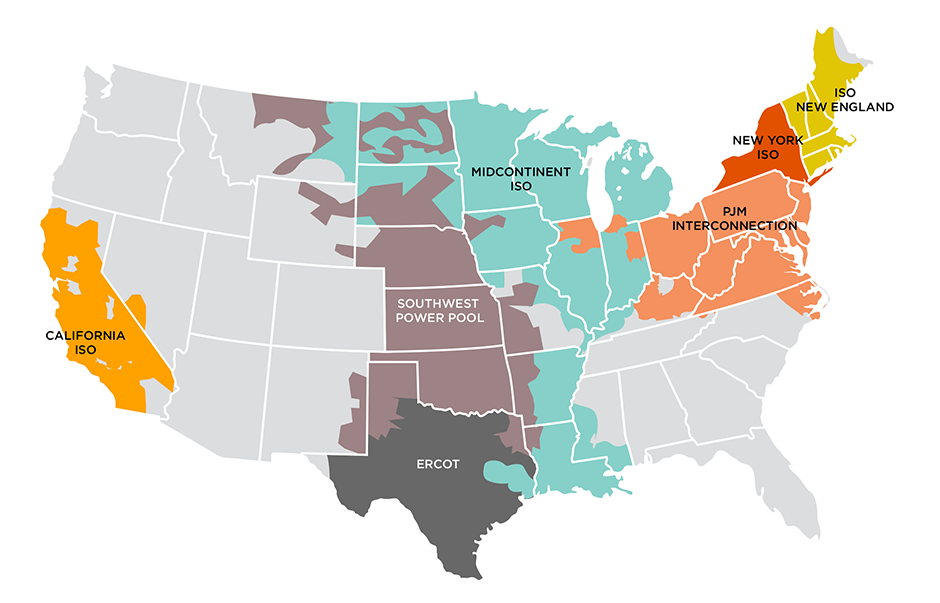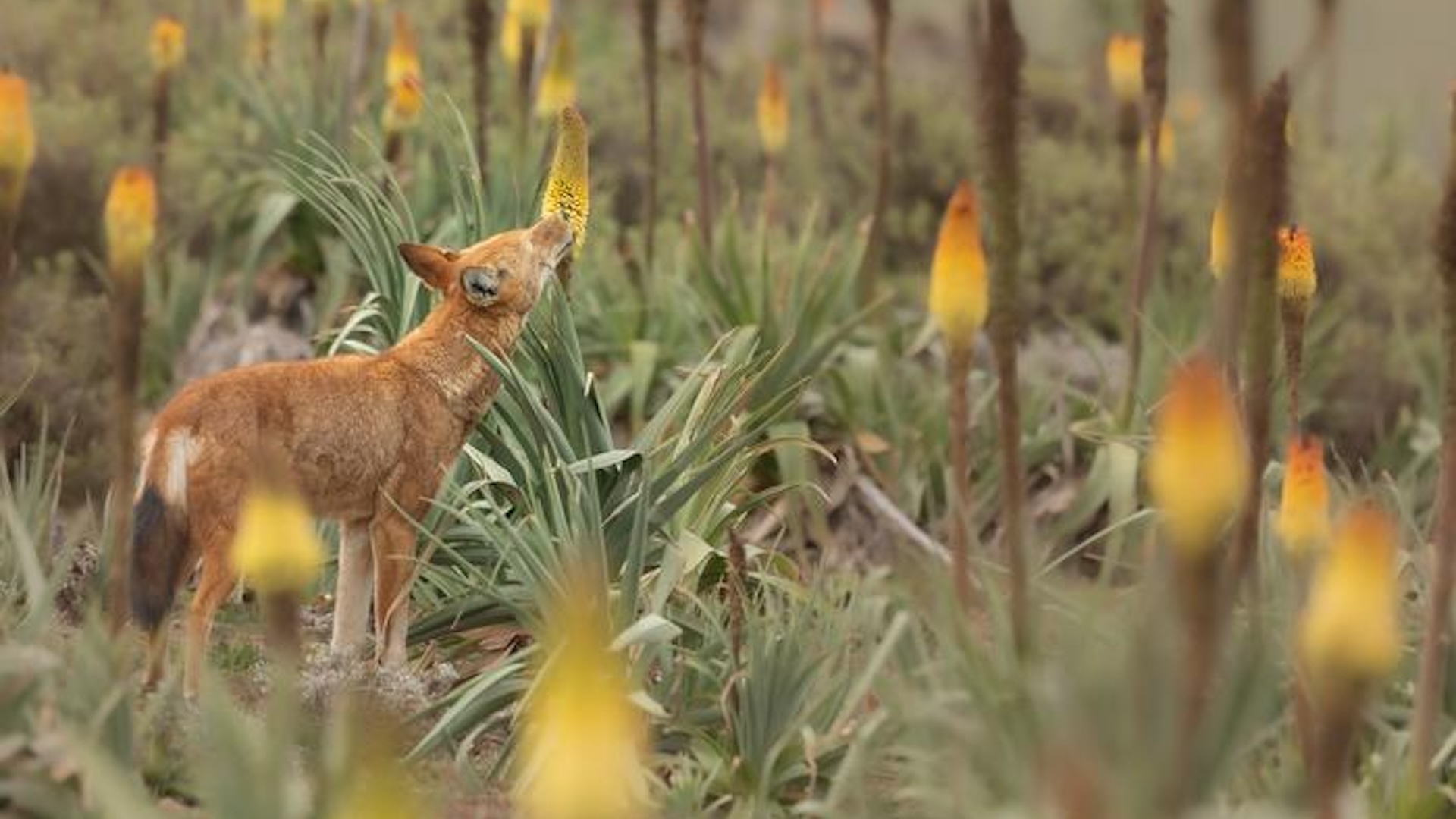Hydrobiology, Vol. 3, Pages 350-363: Effects of Temperature, Dissolved Oxygen Concentration, and Photosynthetic Photon Flux Density on the Growth of the Sea Bivalve Tridacna crocea in Combination with the Symbiotic Alga Zooxanthella
Hydrobiology doi: 10.3390/hydrobiology3040022
Authors: Yoshiaki Kitaya Yasunori Iba Toshio Shibuya Atsunori Masuda
The sea bivalve clam Tridacna crocea inhabiting the shallow sea of tropical and subtropical zones lives with the symbiotic alga zooxanthella in its mantle. Zooxanthellae algae perform photosynthesis and supply nutrients to T. crocea. Recently, the abundance of T. crocea has decreased rapidly due to overfishing in coastal areas in Okinawa, Japan. T. crocea culture systems for mass production will contribute to the conservation of T. crocea and thus marine ecosystems. Environmental control methods for T. crocea culture have not been established because of a lack of knowledge about the appropriate environmental conditions for T. crocea growth. The present study was initiated to obtain basic data for developing environmental control methods for T. crocea land-based aquaculture. The effects of water temperature, dissolved oxygen concentration, and photosynthetic photon flux density (PPFD) on the O2 exchange rates of the symbiotic system of T. crocea and zooxanthella, which are indicators of photosynthesis and respiration in the system, and the effect of daily integrated PPFD on T. crocea growth were investigated. Basic knowledge was obtained for the development of optimal environmental control technology for T. crocea clam culture. The optimum water temperature and dissolved oxygen concentration for photosynthesis in this symbiotic system were 28 °C, 5–6 mgO2 L−1 and 500 μmol m−2 d−1, respectively. The optimum daily integrated PPFD for clam growth was 20 mol m−2 d−1.

 1 week ago
16
1 week ago
16


